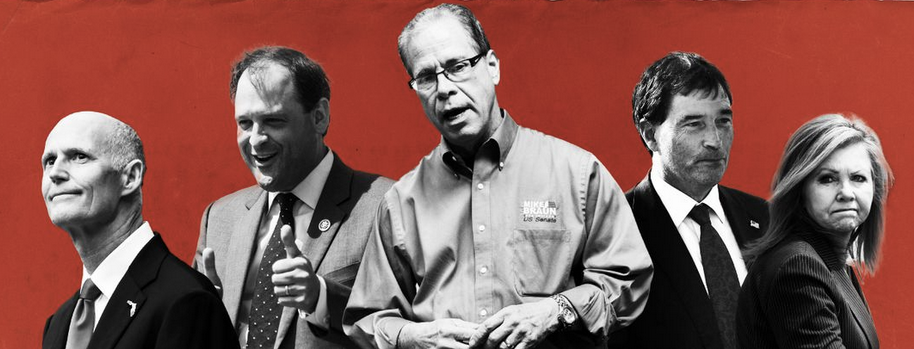Does President Donald Trump have electoral coattails? And will independent voters who chose Trump in 2016 vote for Republicans not named Donald Trump in 2018? On Tuesday, Republicans in states like Minnesota, Nevada, and West Virginia found out the answer: sort of.
Beginning on March 10, Donald Trump participated in 42 rallies to support Republican candidates running for House and Senate positions and in gubernatorial contests. He visited several states that went for him in 2016 multiple times, including West Virginia, Missouri, Montana (which he visited four times) and Ohio, to boost Republican congressional candidates whose campaigns in turn largely echoed Trump’s own successful 2016 presidential campaign.
The question of whether or not Trump could benefit Republican candidates without being on the ballot himself was a big one for Republicans. Part of the story of 2016 — and in fact, of the Trump presidency more broadly — is that Trump is more popular than the Republican Party of which he is a titular member. Independents approve of Trump’s handling of the economy, but that approval doesn’t extend to Republicans more broadly.
But on Tuesday, we learned that in the House of Representatives and in some of the Senate races Trump stumped for hardest, Trump’s presence in races did more harm than good. Favored candidates, including Nevada’s Dean Heller and Montana’s Matt Rosendale both lost. However, in other races, Trump-supported candidates like Missouri Republican Josh Hawley and Tennessee Republican Martha Blackburn helped the GOP hold onto its majority.




